I am a sucker for a good UNESCO Heritage Site. Having explored dozens of them, all around the world, we were eager to end our birthday trip to Mexico on a high note with a trip to Paquime, in Casas Grandes. Easily the largest civilization in the Chihuahua desert, villages formed here as early as 700 AD.
Located at the foot of the Sierra Madre Occidental mountain range, near the headwaters of the Casas Grandes River, Paquime is thought to have been built around 1350AD, replacing an earlier settlement dating back to around 1130 AD. Multi-storied buildings dot the landscape of the park, indicating only a very small percentage of the actual settlement. Thought to be one of the largest, and most complex cities of the region, Paquime was hundreds of miles away from any comparable city, and for much of it’s heydey was based on a farming society.
 Abandoned sometime around 1430 AD, like the Mayan civilizations of the Yucatan, Paquime had no obvious reasons for the abandonment of the city. According to the excellent museum onsite, possibilities range from years of sustained drought to war with the Opata that caused the inhabitants to move on. When the Spanish explorer Fransicso de Ibarra came upon the location in 1565 AD the local Indians indicated the villagers had simply moved on, with no additional explanation.
Abandoned sometime around 1430 AD, like the Mayan civilizations of the Yucatan, Paquime had no obvious reasons for the abandonment of the city. According to the excellent museum onsite, possibilities range from years of sustained drought to war with the Opata that caused the inhabitants to move on. When the Spanish explorer Fransicso de Ibarra came upon the location in 1565 AD the local Indians indicated the villagers had simply moved on, with no additional explanation.
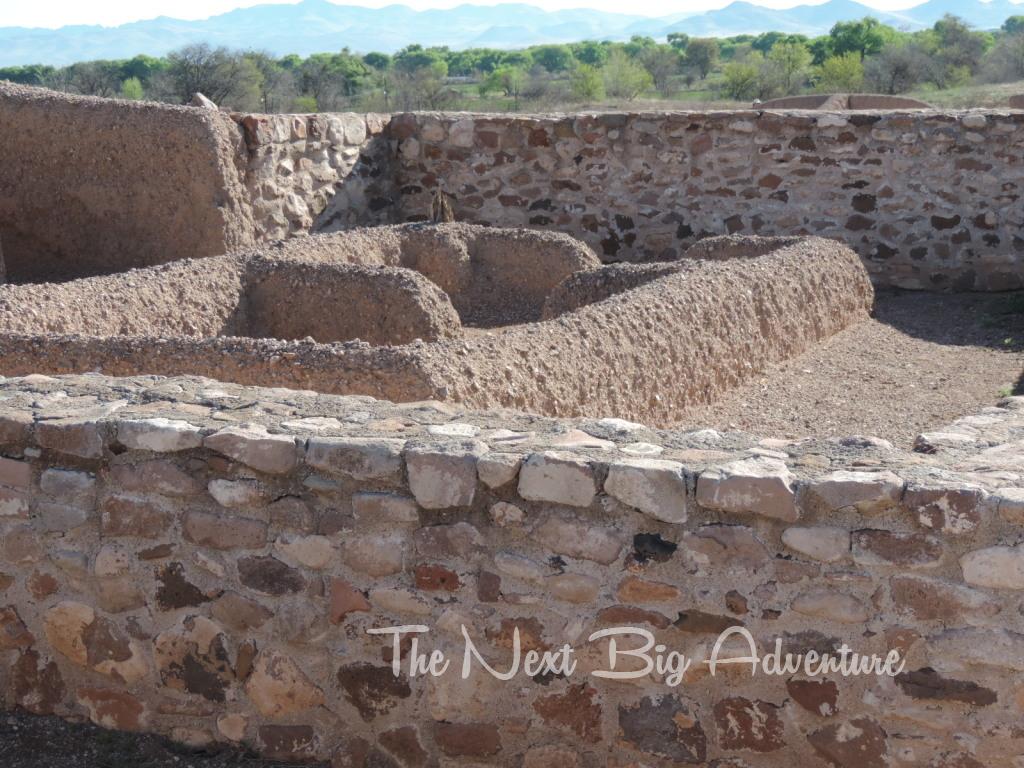
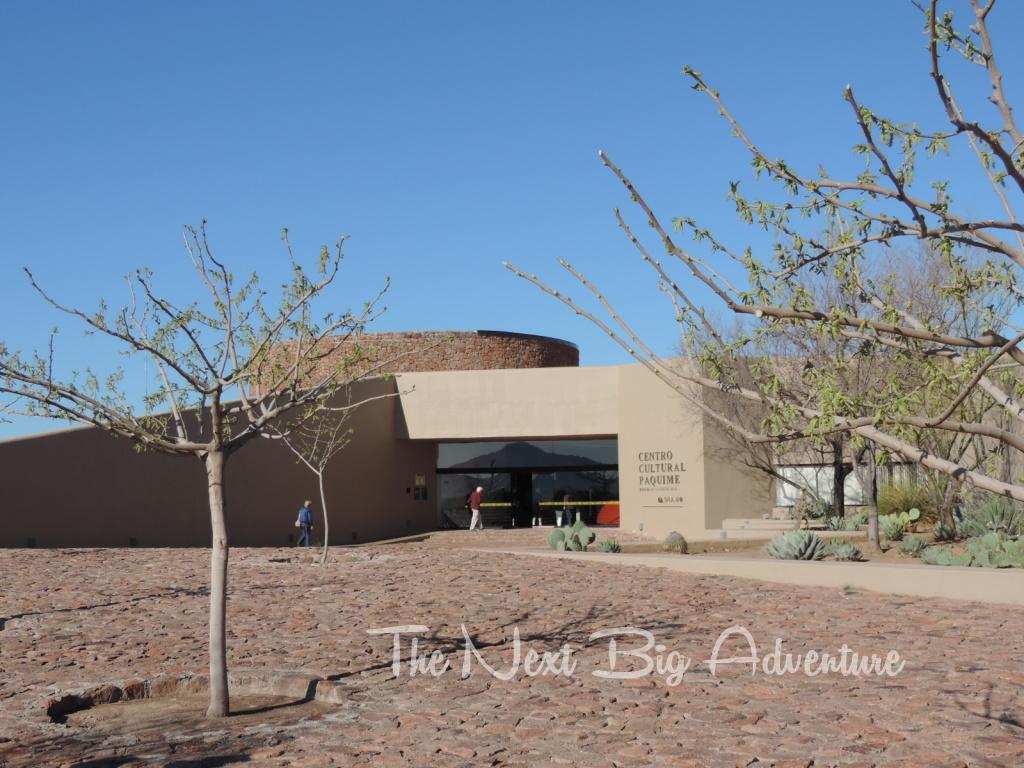 The architecture is unique with t-shaped doorways and circular pit houses, unlike anything else we have seen. The city was quite advanced for it’s day, featuring a separate manufacturing and farming region, the living quarters which are thought to have been up to seven stories tall, with open air communal areas and extensive aqueduct systems to transport water.
The architecture is unique with t-shaped doorways and circular pit houses, unlike anything else we have seen. The city was quite advanced for it’s day, featuring a separate manufacturing and farming region, the living quarters which are thought to have been up to seven stories tall, with open air communal areas and extensive aqueduct systems to transport water.
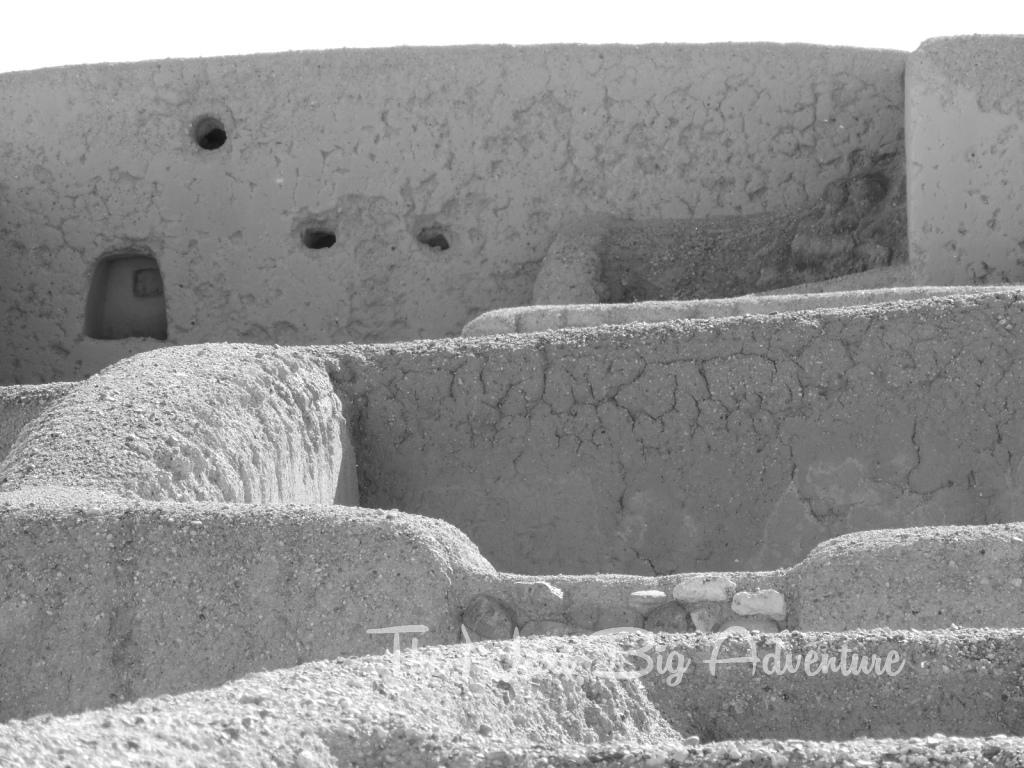 Curiously, the smallish ball courts are the “I” shape found in Mesoamerica, rather than the oval shaped ones of Southern Arizona Hohokam culture, yet another unexplained fact of the site. Burned in 1340, re-constructed Paquime consisted of around 2000 rooms and held and estimated 2500 inhabitants, although around 350 smaller settlements featuring the same architecture can be found as far as 39 miles away, suggesting an overall population closer to 10,000.
Curiously, the smallish ball courts are the “I” shape found in Mesoamerica, rather than the oval shaped ones of Southern Arizona Hohokam culture, yet another unexplained fact of the site. Burned in 1340, re-constructed Paquime consisted of around 2000 rooms and held and estimated 2500 inhabitants, although around 350 smaller settlements featuring the same architecture can be found as far as 39 miles away, suggesting an overall population closer to 10,000.
 What is known is that the population were talented craftspeople. Although only a small percentage of the region has been excavated, thousands of copper bells, beads, and carvings have been found. Elaborate jewelry was unearthed along with the famous pots. Skilled pot makers, the pottery of the region is renowned for it’s thin, delicate sides and unique patterns.
What is known is that the population were talented craftspeople. Although only a small percentage of the region has been excavated, thousands of copper bells, beads, and carvings have been found. Elaborate jewelry was unearthed along with the famous pots. Skilled pot makers, the pottery of the region is renowned for it’s thin, delicate sides and unique patterns.
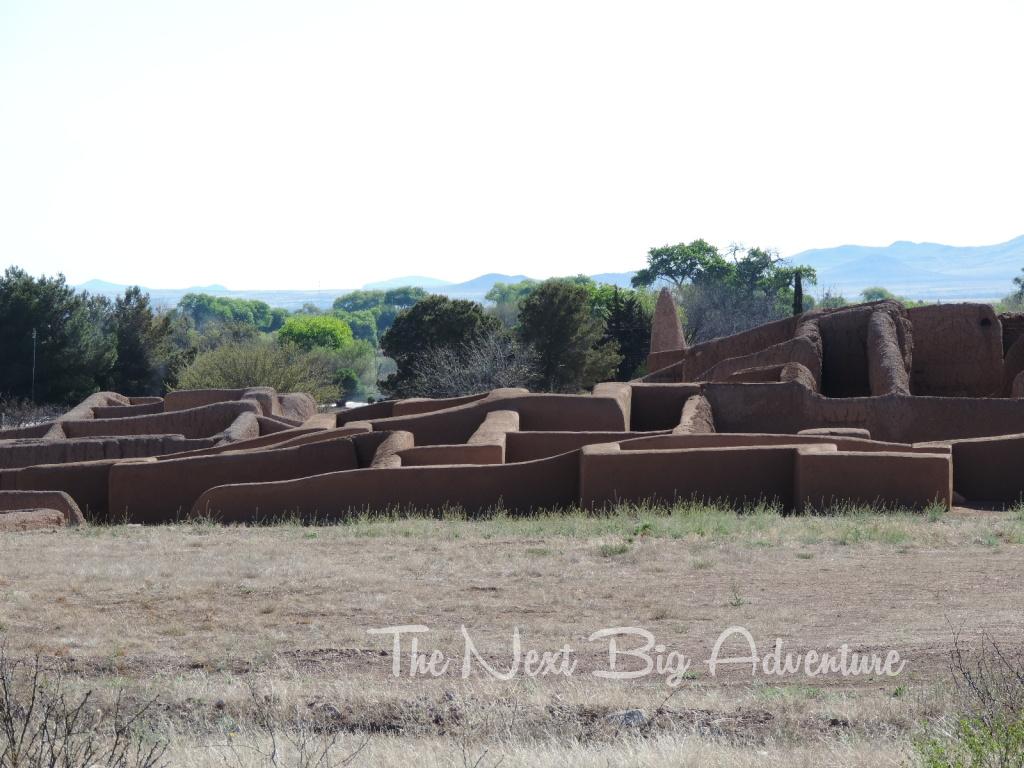 Known today as Mata Ortiz pottery, the tradition continues. Named after the town where Juan Quezada Celado taught himself how to recreate the extraordinary workmanship required to craft such delicate vessels, ancient patterns are brought back to life. Practiced by a relatively small group of artisans, Mata Ortiz are now prized collectors items which, thankfully for us, come in a variety of price ranges.
Known today as Mata Ortiz pottery, the tradition continues. Named after the town where Juan Quezada Celado taught himself how to recreate the extraordinary workmanship required to craft such delicate vessels, ancient patterns are brought back to life. Practiced by a relatively small group of artisans, Mata Ortiz are now prized collectors items which, thankfully for us, come in a variety of price ranges.
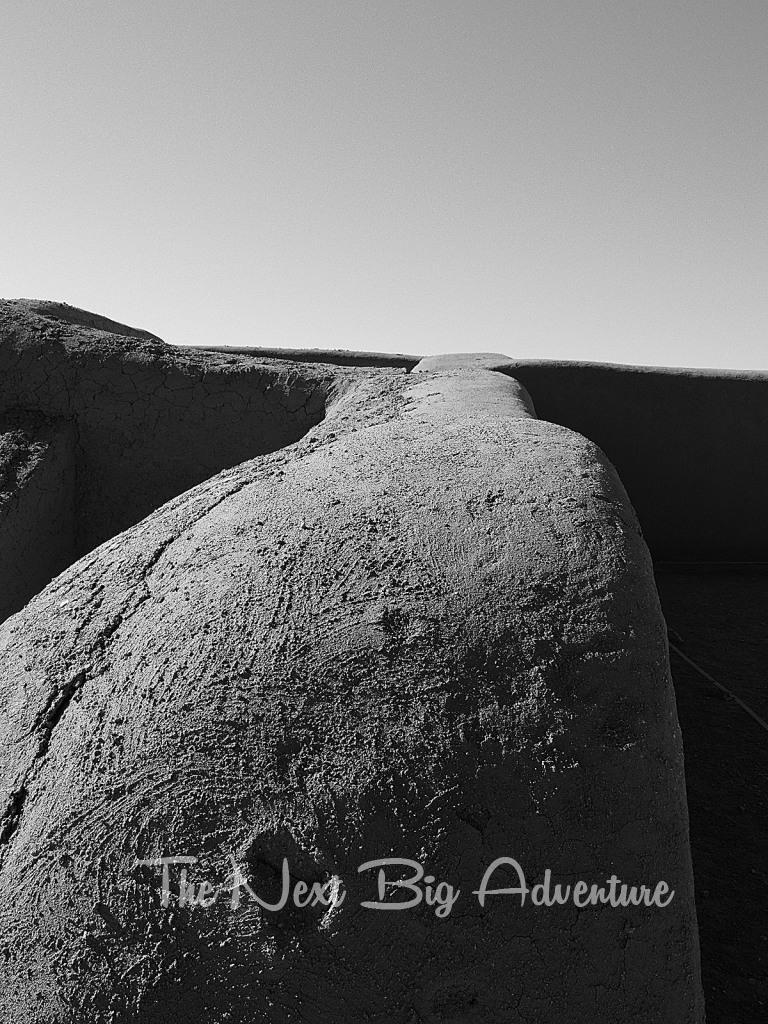 We said we wouldn’t buy one. We certainly didn’t need one. We’re currently divesting ourselves of possessions. And yet, the sheer beauty drew us in. In the future, at some place and time, our very own reminder of this fascinating region of Mexico will hold it’s rightful place on display.
We said we wouldn’t buy one. We certainly didn’t need one. We’re currently divesting ourselves of possessions. And yet, the sheer beauty drew us in. In the future, at some place and time, our very own reminder of this fascinating region of Mexico will hold it’s rightful place on display.
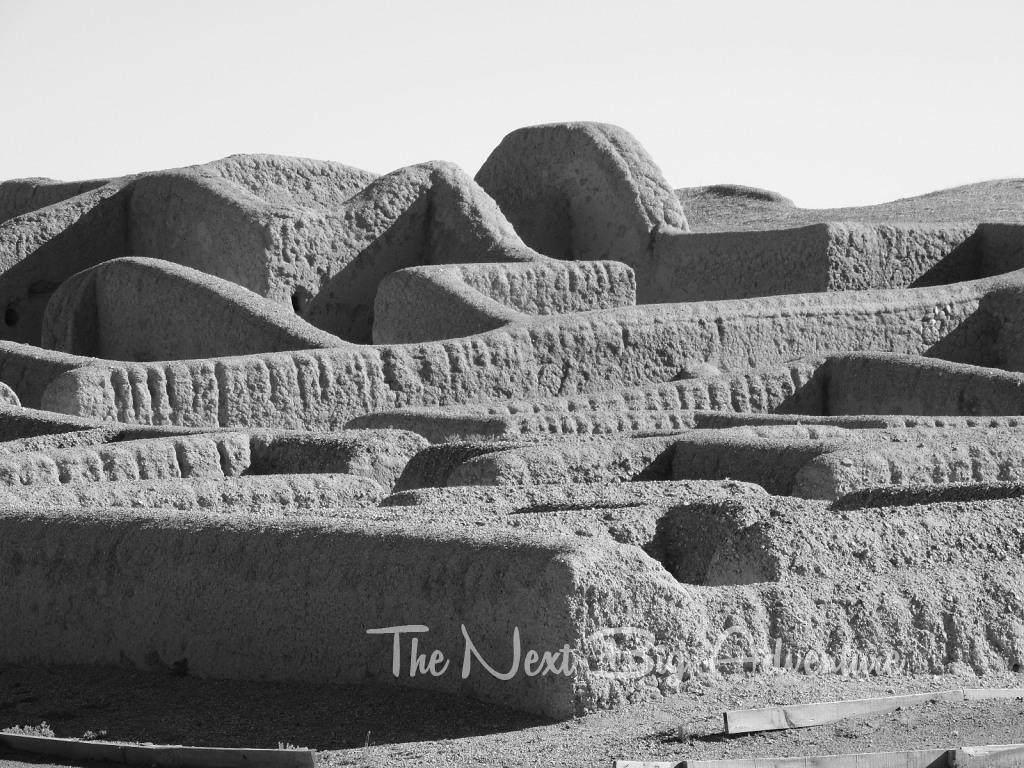
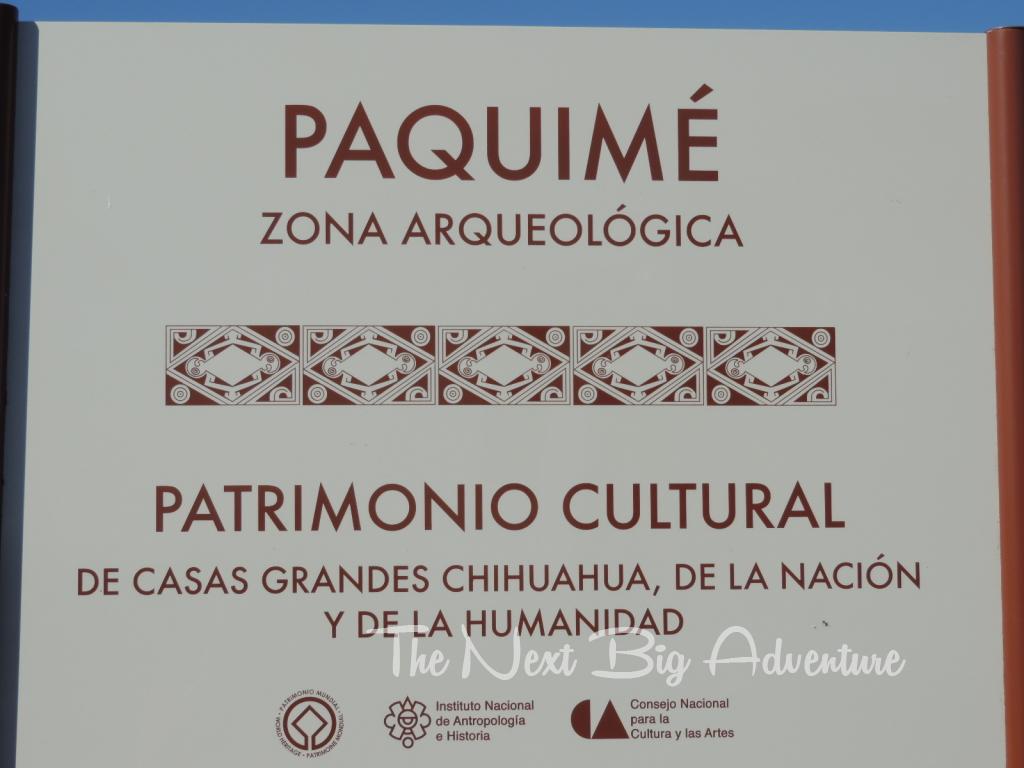
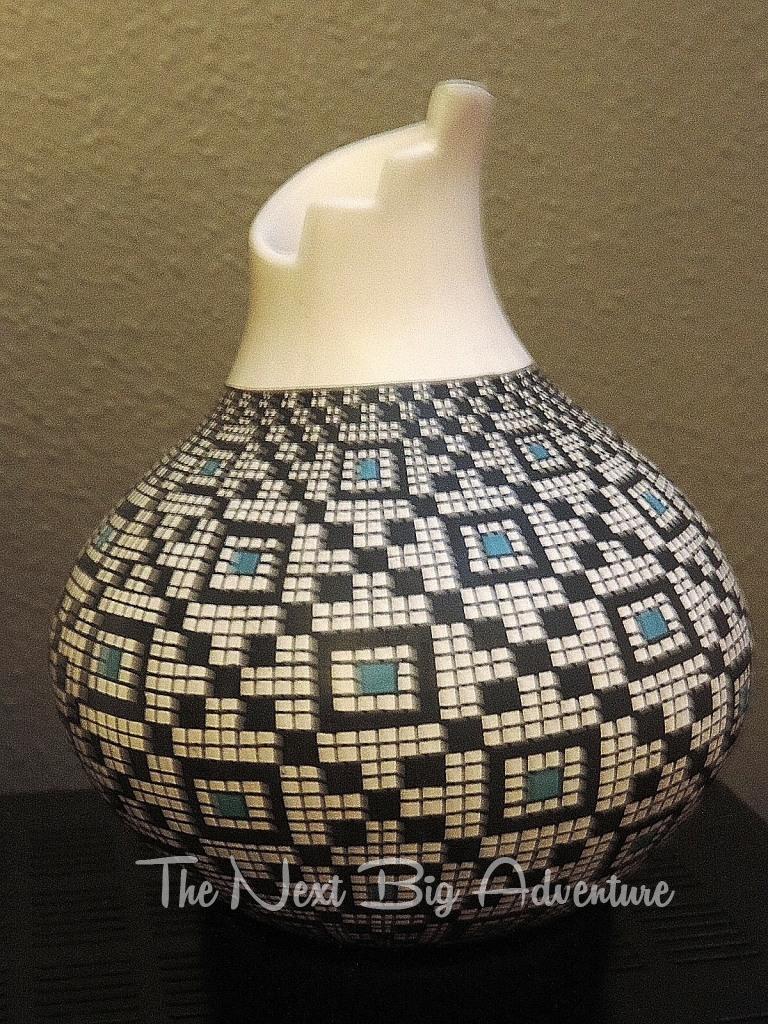
Wow – I’ve never heard of Paquime. Now I have an even greater thirst to just eat up more of Mexico. I’d love to go back in time and just observe how everything went down, everyday life, and all that happened. It’s fascinating.
Also – I love your keepsake!
Emily I hadn’t heard of it before I started planning Jim’s birthday trip either. Very interesting piece of history in Mexico
It’s a beautiful souvenir! Some things are totally worth it 🙂
Thank you Julie… we absolutely fell in love with it so what can you do? 🙂
Like you I love good Unesco Heritage sites, but have never heard of Paquime, very interesting site and you chose a beautiful Pottery to remind you of your visit. These Ancient civilisations are so fascinating, It is great to imagine what their lives must have been like via the artefacts and the legacy they have left to the world. I am glad places like these are protected.
Thanks Gilda~ Paquime was new to us as well but we’re glad we got to stop in. One of our favorite parts of travel is walking in the steps of those who came before us.
Well, I guess we’ll just have to go back to Chihuahua… I remember the struggle trying not to buy any Mata Ortiz pottery, glad you gave in to temptation and bought some. Wish we had 🙂 Also, love that last black and white image of the wall!
Hi Em ~ yea… we really shouldn’t have.. but, ya know what, we didn’t really feel like we’d ever get back to that area and succumbed to the pressure! A bit easier for us since we’re still stuck at home and can just put it in storage with our other travel treasures! Thanks thanks.. love the black and white when faced with such amazing architecture.
Isn’t history fascinating? It’s one of my most favorite aspects of traveling, walking in the path of those who came before us and learning about them. I really believe as a society we can’t move forward without understanding the past and wouldn’t it be interesting to learn what caused this ancient society to move on?
I know Patti, it would be SO interesting to be able to step back in time and watch it all unfold!
Amazing pictures … great post!
Thanks Hans… you should check it out. A fascinating find.
Sounds fascinating – I love UNESCO sites too 🙂
A very interesting site.. unlike any others we’d seen in Mexico.